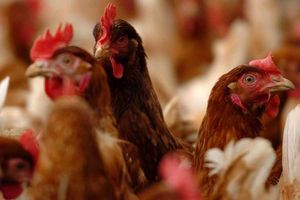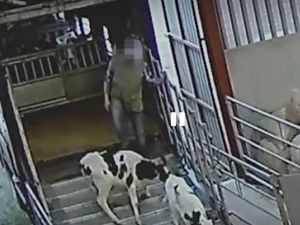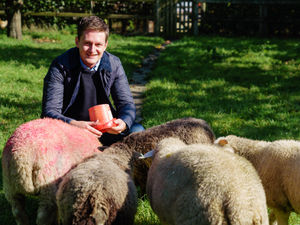Shropshire poultry unit bid sparks objection
A poultry unit which could house up to 200,000 chickens has prompted objections by a parish council.

Great Ness and Little Ness Parish Council has objected to Shropshire Council over plans by Great Ness Poultry Farm Ltd for four bird rearing buildings, a biomass building, 10 feed bins and other buildings by the A5 at Kinton Farm near Nesscliffe.
The company behind the proposals said the development would help cut food miles by reducing the need to import foreign-produced poultry.
But the council said the development's impact on residents, its visual impact, the effect on the community, pollution and waste management, and working hours on the site made it undesirable.
It said that in 2010 the applicants had said in another study that the Kinton site was unsuitable as a chicken farm development because of many local people would be affected and because of road safety concerns.
The council said: "In the parish council's view these reasons for rejection of the site are more relevant now than in 2010.
"Shropshire Council has allowed the development of an additional 65 houses which will be situated closer to the proposed chicken farm subjecting those residents to odour pollution, increased light pollution and noise due to the 24-hour working duration of a large scale industrial poultry unit as proposed with this application.
"Planners should take into account complaints that have been made and recorded against the Great Ness Poultry site for odour pollution when deciding on this application."
The council also said the application would affect the landscape, particularly when viewed from Nesscliffe hill, which is an attraction for tourists.
The development would be the fifth large industrial chicken establishment in a two kilometre radius surrounding all of the villages in the Nesscliffe Parish Council area.
Concerns were also raised regarding waste management.
"The applicant's submission, in our view, does not give serious thought to the issue of waste management," the council added.
"In particular, the amount of land that they have available, to them, to spread this additional chicken manure which have heavy metal content, veterinary medicines and may contaminate the soils with inorganic and organic chemicals both during the construction period and during the operating life of the development."




